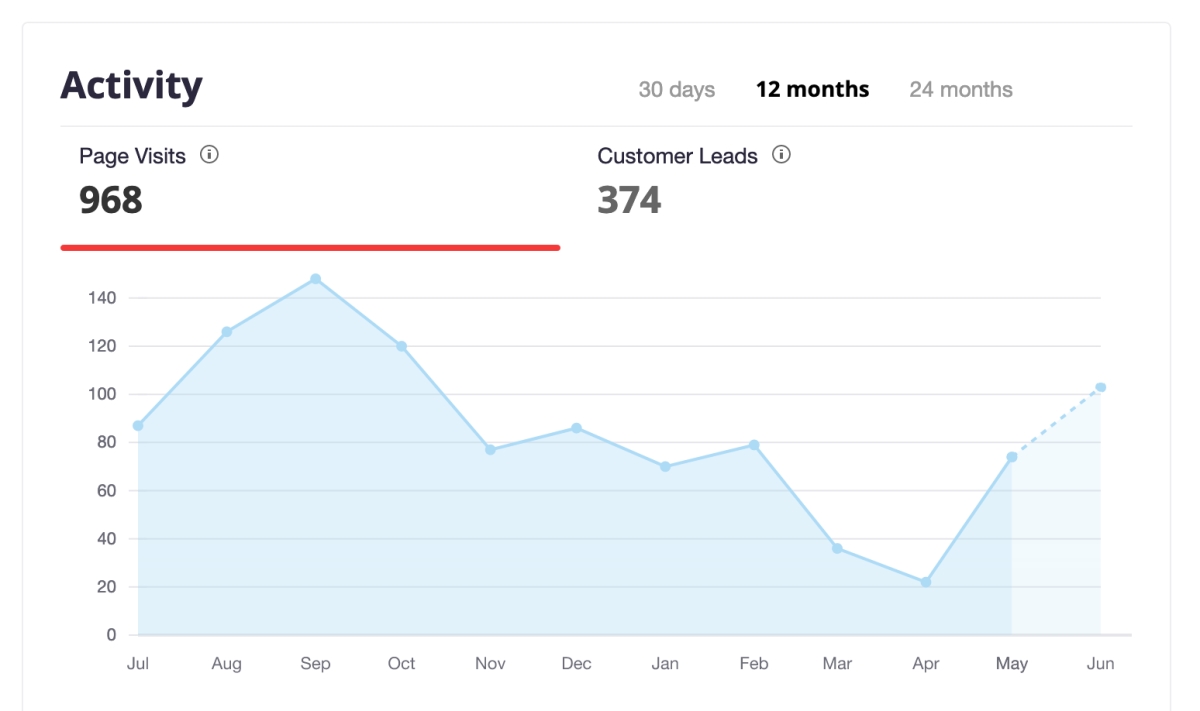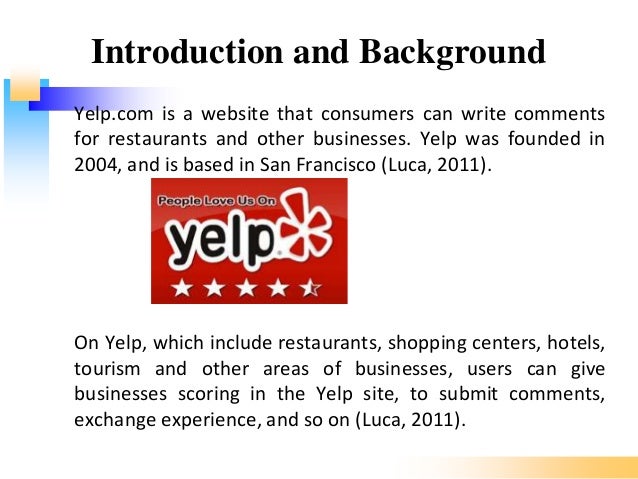

This is data you’ll want to incorporate into your review display, so you’ll want to include questions that address it in your Review Collection form. The first step is to determine the types of information that will be useful to consumers considering your products.

It really depends on your industry and what works for your brand. But what exactly should you include in yours? Optimizing your Review Collection form is key to increasing review quality. Our product sampling guide provides a detailed step-by-step breakdown. Targeting the right audience, fulfilling the campaign and then ensuring your samplers provide the review content you’re seeking is also obviously super important. You need to be clear on your goals from the outset and this will determine the scale of the project. Product sampling is a complex process made up of a number of critical elements.

#Yelp study 97 free#
In other words, 86% of shoppers who receive a free sample go on to write a product review.īrands and retailers find they are particularly effective in specific scenarios: And to back up that research, we’ve found that our own product sampling campaigns yield a 86% response rate. Our research found that 86% of consumers indicate they’d be motivated to write a review if they received a free product sample. Product sampling campaigns – sending a product to a group of people who agree to write a review or create a social post in exchange – are a really effective method for generating reviews from a very targeted persona. This supports much of our research: we have found a sizable proportion of consumers are suspicious of perfect 5-star ratings, including 46% of shoppers overall and 53% of Gen Z shoppers. Consumers don’t trust 5-star average ratings. One finding – again – is clear and unmistakable. This means that shoppers clearly look beyond the star visual when deciding whether to purchase a product. There is a significant difference between the conversion rates in both of these bands. That might sound obvious in and of itself but remember star ratings are rounded to the nearest half star – in other words, both a 4.75 average rating and a 5.0 average rating will appear as a 5 star on a product page. These results make one thing completely clear: consumers pay attention to the average rating. Ultimately, consumer expectations – which are a big part of how shoppers approach submitting ratings and reviews – are dictated by a number of factors that are likely unique to your business. vertical you operate in and competitors you’re up against, pricepoint of your product, etc). The takeaway here for ecommerce practitioners wondering what targets they should set themselves: anything above 4 stars is good, 4.25 stars better, 4.5 stars better still and 4.75 stars the “North Star” goal.Īll the while, you need to underpin any targets you do set yourself with the context of the specifics of your own business (e.g. Interestingly, pages in the 4.5 – 4.74 range attract more page views than those in the 4.75 – 4.99 range but the trend is reversed for on-page conversion. The sweet spot for conversion and traffic is an average rating of 4.5 – 4.99.


 0 kommentar(er)
0 kommentar(er)
